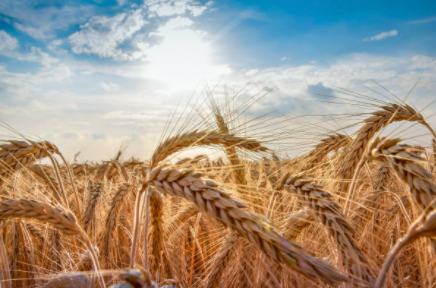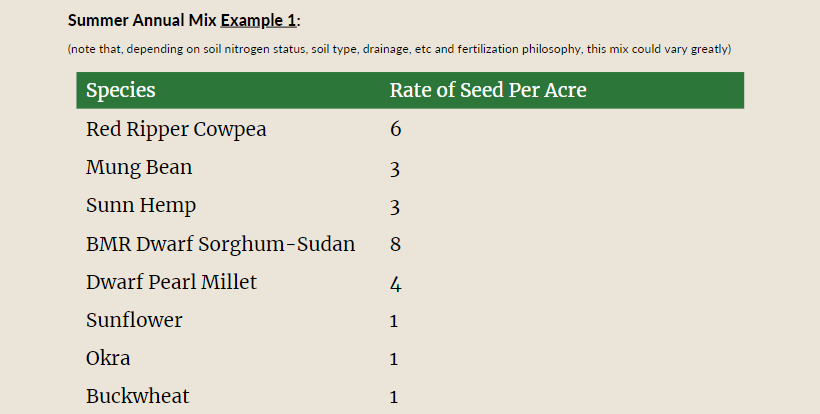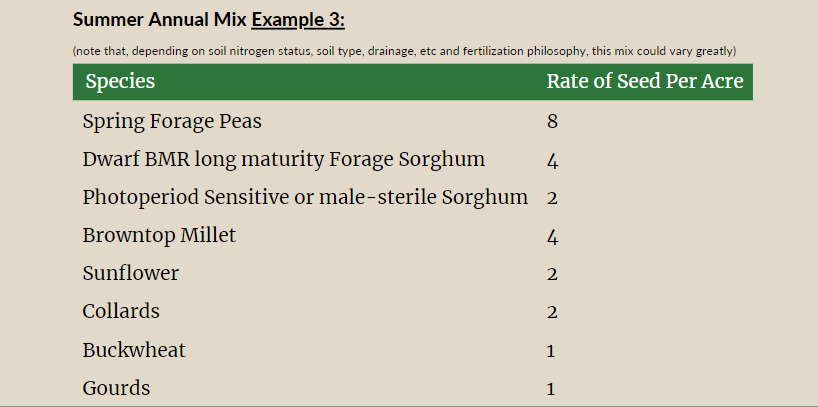
Using Your Wheat Stubble To Provide Pasture From August Through April
Perennial pastures reach their peak production and quality in the late spring or early summer. This is bad timing, as animal nutrition demand typically will peak in late summer and fall, before the typical fall weaning. Additionally, perennial pastures are quite vulnerable to overgrazing in late summer and fall, when the grasses are building root reserves and new tillers for next year’s growth. A means of providing abundant, high-quality nutrition from otherwise idle cropland during late summer and fall could add greatly to livestock performance and improve future pasture productivity.
However, while late summer and fall are the opportunities to improve production from both pastures and animals, it is winter when most costs of feeding livestock are incurred, because most wintertime nutrition is derived from expensive hay or silage. Since grazing is far cheaper than hay or silage, given equivalent nutrition, wouldn’t it make a lot of economic sense to develop a system of grazing for this critical time period of late summer through the early winter?
And what if we could devise a system that could accomplish both of those feats, while simultaneously improving the soil and subsequent crop yields? Keep reading to learn about this system.
We can’t devise a single cover crop blend that can provide nutritious forage during that entire period, but we can devise three different cover crop combinations that can be used in sequence. This Sequence can completely cover the needs of most grazing livestock over much of the Great Plains, and with some minor modifications, over most of the eastern US as well. All that is needed is open wheat stubble that will be rotated to spring-planted row crop the following spring.
The plan involves three separate cover crop mixes, planted at the same time (right after wheat harvest) and adjacent to each other to allow easy livestock movement. Three acres (one acre of each combination) per 1500 lbs live animal weight is a reasonable acreage to allow for this time period.
The first combination involves the planting of two separate mixtures in sequence on the same piece of land. The first of the two mixtures is a blend of summer annuals based on a dwarf BMR Sorghum-Sudangrass and Pearl Millet. This mixture is planted immediately after a small grain harvest and is grazed as soon as it hits the target height of 24 inches, which is usually 4-5 weeks after planting in the heat of summer. After this mix has been grazed off, a winter annual mix can be drilled into the live stubble. The regrowth of the summer mix combined with the new growth of the winter mix will produce a very nice fall grazing blend of high protein winter annuals with the high energy, high dry matter frozen growth of the summer annual grasses.

The second combination is similar to the first one, but with no Sorghum-Sudan, since Sorghums can carry a risk of prussic acid toxicity during the time of frost. This combination is designed to be grazed later in the fall than the previous mix, and after it is grazed, it can also have a winter annual mixture drilled into it to provide spring grazing.

The third mixture is based on non-grain-producing BMR Forage Sorghums, Spring Cereals, Sunflowers, Brassicas, and Gourds which retain forage quality well after frost, along with a sprinkling of other species that retain quality well into winter.

Start mixing with our industry-leading SmartMix Calculator.
Lets Talk! Contact us at (402) 469-6784 to be directed to a Salesman who will help you create a mix that fits your operation.
